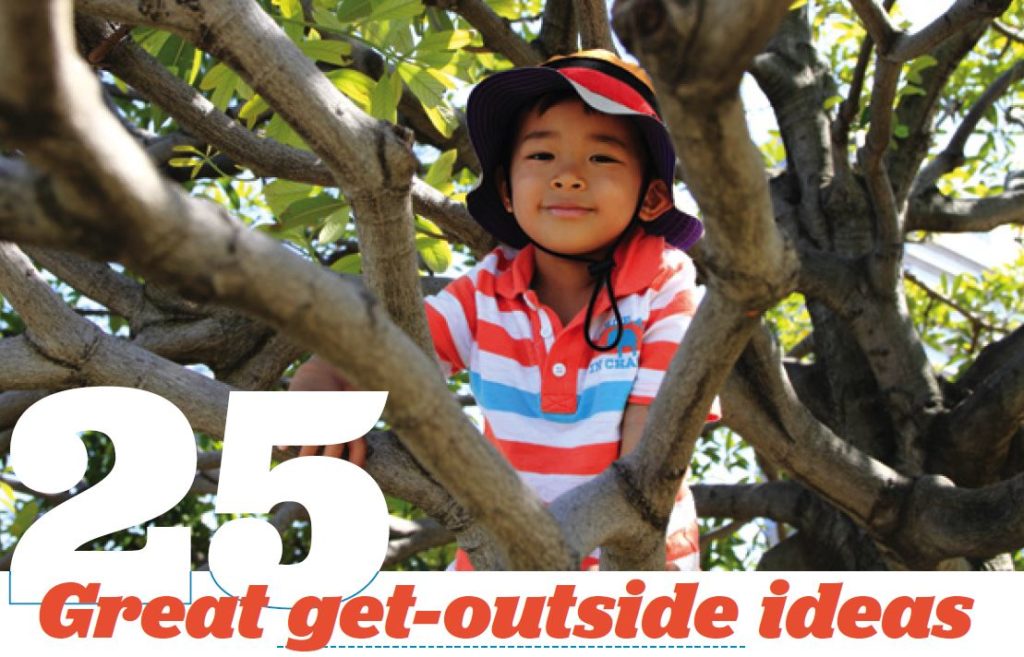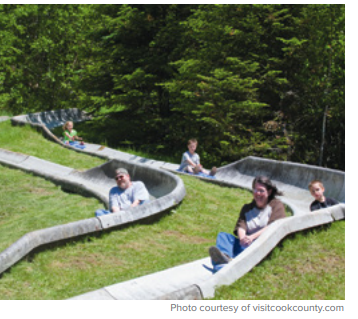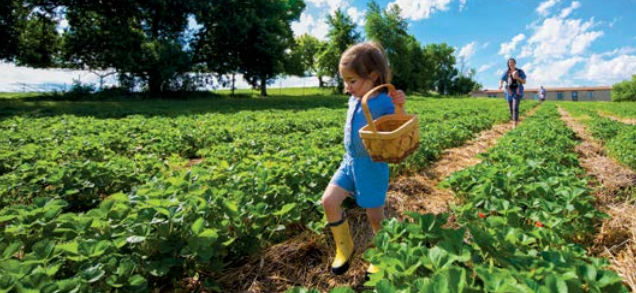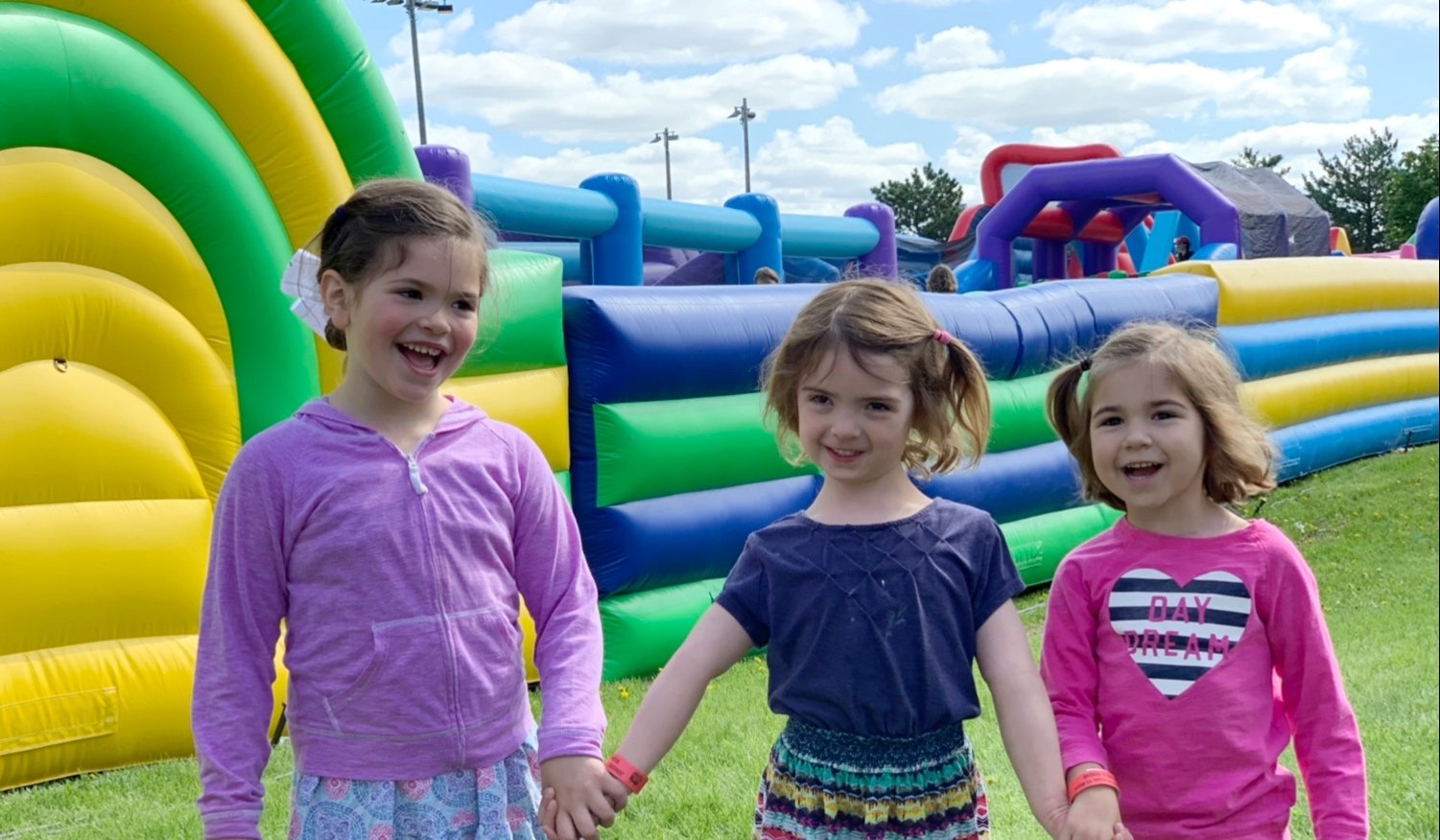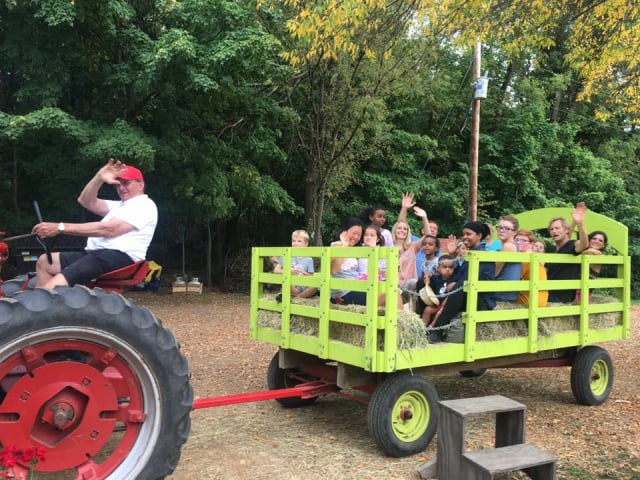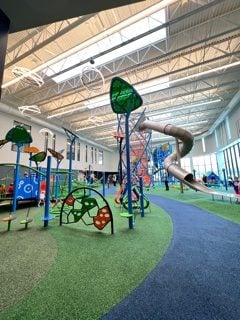You look outside. It’s a beautiful Saturday morning. Sunlight is pouring into the house. But your kids don’t like the sunlight, they say: It’s causing screen glare and interrupting their cartoon videos, their Clash of Clans, their Monster Legends, their Minecraft.
This is your cue.
Send them outside. (No, you won’t be playing with them. No, they can’t take their screens.)
They’ll be on their own, except you’ve laid the groundwork to make it a bit easier — not with a trampoline, a giant playhouse or a painstaking assembled obstacle course — but with some of the following creative “nature play” ideas (yes, outdoor play needed an official name), courtesy of Minnesota’s DNR Division of Forestry and the Green Hearts Institute for Nature in Childhood.
Go!
1 Open the door: Regularly encourage outdoor play in all safe weather conditions (not just when it’s sunny and warm).
2 Water: Provide water from a hose, faucet, sprinkler, rotating sprayer, rain barrel, hand pump or spray bottles.
3 Water transport: Part of the fun of water play is moving water around. Use watering cans, buckets, hollow bamboo poles, plastic pipes, pots and pans, recycled milk jugs and more.
4 Digging pit: Create an area for your kids to dig down with kid-sized shovels. Have boots handy when it rains and the dirt turns to mud.
5 Dirt pile: Build a dirt pile. The larger the pile, the more fun — and creative play — your kids will find.
6 Leaf pile: Rake fallen leaves into giant piles with your kids and let them have at them.
7 Plants: Grow them in beds, giant pots, window boxes and old tires. Let them vine up trellises and trees. Let your kids plant and care for them. Learn more at extension.umn.edu/garden.
8 Vegetable garden: Grow vegetables with your kids. Choose veggies that will ripen at different times during the growing season. Use planting beds, giant pots or a fenced in garden. See mnparent.com/gardening-with-kids.
9 Pumpkin patch: Pumpkins are unique enough to merit their own category. They’re not hard to grow either. Plant seeds in June, watch them grow all summer and pick ripe pumpkins in the fall. See tinyurl.com/pumpkins-mn.
10 Rough ground: Set aside part of your backyard where your kids can dig, build, hide and plant. Write a simple lease that gives them ownership of the spot and hold a “signing ceremony” to make it official.
11 Sand: Contain it — lots of it — with shrubs, landscape timbers, old tires used as planters or boardwalks. Provide water and watch the creativity flow.
12 Butterfly garden: Plant a jumbled selection of insect-attracting flowers, both annuals and perennials. Consult your local garden center for ideas.
13 Milkweed and monarchs: Milkweed (a hardy garden perennial) attracts monarch butterfly caterpillars. Plant milkweed, collect caterpillars from the plants, place them a screened box and supply them with fresh milkweed leaves until they become enclosed in a cocoon and, finally, emerge as butterflies. See xerces.org/milkweed-seed-finder and tinyurl.com/milkweed-mn.
14 Logs: Lay one or more large logs on the ground for balancing, sitting and hiding. Stake them in place or partially bury them, so they can’t roll unexpectedly.
15 Tools and toys: Insect nets, bug houses, magnifiers, binoculars, scoops and old colanders can help your kids explore and play with nature. See magiccabin.com.
16 Shrubs: They grow faster than trees and can quickly tower over little kids. Plant them in groups to create nooks and niches or in a row along a narrow pathway to create a maze.
17 Rocks and boulders: Let your kids build with rocks that are small enough to carry around, but too large to throw. Be sure to choose their permanent locations in advance.
18 Play stream: Create a small, inches-deep stream that flows only when you turn on the water. Dig a very shallow, sloping streambed and fit it with a heavy pond liner. Cover with gravel and larger cobblestones that kids can use to create dams and channels with water from a hose.
19 Hills and berms: Children love small, grassy hills they can roll down, charge up, sled on, hide behind or use to play “king of the mountain.” Plant them with tough, hardy turf grass and keep them clear for uninhibited play.
20 Adventure paths: Create very narrow, meandering routes through tall grass and between boulders. If a path leads to a secret nook, it’s all the better.
21 Seating: Place benches, bench swings, kid-sized Adirondack chairs, hammocks, hammock chairs, rockers, boulders, stumps and logs in shady spots in your back yard. Encourage your kids to sit, talk with friends, look at books, daydream and rest.
22 Birdhouses: Kids like to watch nest-building activity and then see and hear what happens inside. Build or buy a birdhouse so your kids can listen and watch for baby birds. See audubon.org.
23 Discovery board: Lay a piece of scrap plywood, 2 feet square, on the ground in a quiet vegetated corner of your play area and see what bugs, ants, slugs and other mini-beasts move in underneath it.
24 Loose parts for outdoor construction play: Provide a collection of small logs, large wooden blocks, boards, branches, sticks, milk crates, blankets and more for your kids to create an outdoor structure.
25 Trees to climb: Kids have always climbed trees. If you have a strong, spreading tree, hang a rope ladder from its lowest limb so your kids can climb. Deep mulch at the base will help cushion any slips.
Source: The Minnesota DNR Division of Forestry (dnr.state.mn.us) and the Green Hearts Institute for Nature in Childhood (greenheartsinc.org)
Minnesota Parent may earn a small commission for any affiliate links to any products or services from this website.



